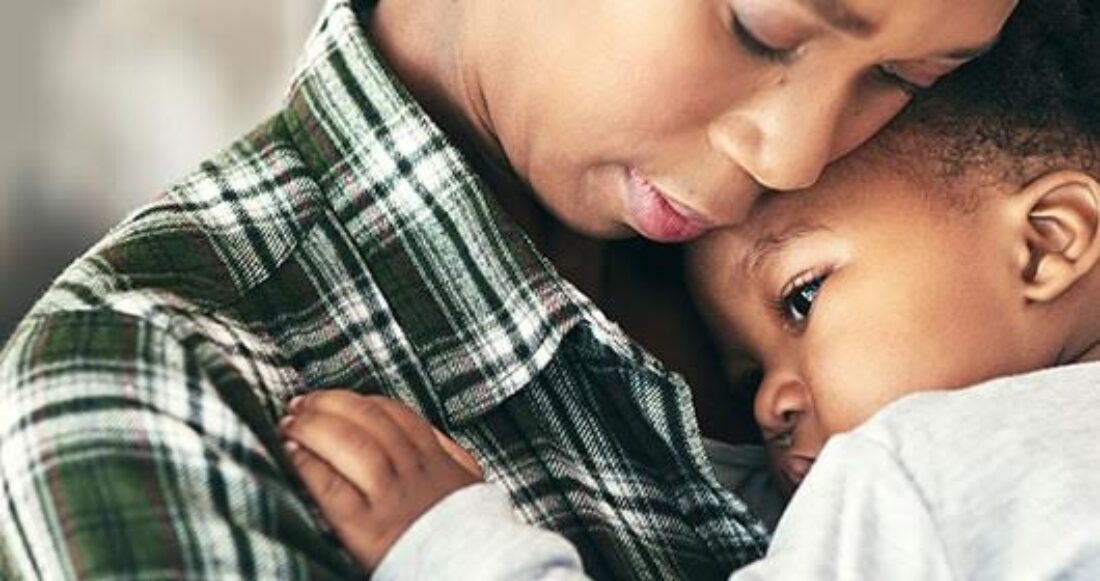Helping Babies Thrive in Baltimore

Since B’More for Healthy Babies (BHB) began seven years ago, Baltimore’s infant mortality rate has declined by 38% and the gap between black and white babies is closing.
After the city’s infant mortality rate hit a record high of 13.5 per 1,000 live births in 2009 — when African-American babies were five times more likely to die before their first birthdays than white babies — leaders from across the city launched BHB, a joint effort between policymakers, service providers, community organizers and residents to improve the health and well-being of Baltimore’s families.
B’more for Healthy Babies is convened by the Baltimore City Health Department with Family League of Baltimore and HealthCare Access Maryland. It is supported by a broad range of community, health, academic and agency partners, as well as several funders including Casey.
“This effort is all about making sure we tackle the three leading causes of infant death: premature birth, low birth weight and unsafe sleeping conditions,” says Gena O’Keefe, a senior associate who oversees much of the Casey Foundation’s health and community work in Baltimore. “We want to ensure babies are born healthy, and that mothers and fathers have the information and tools they need to help their families thrive.”
Prior to B’more for Healthy Babies, Baltimore relied on prenatal and early childhood home visiting programs as a primary prevention model — which led to some success at the individual client level, but was not moving the needle for the city as a whole. In 2009, partners started implementing a more holistic approach that is grounded in policy change, service improvements, community mobilization and behavior change.
“To be successful, everything we do must be driven by the families residing in Baltimore and guided by Citydata and scientific research,” says Baltimore City Health Commissioner Dr. Leana Wen.“The stakes couldn’t be higher and it’s up to all of us to ensure our next generation is born healthy with the chance to succeed.”
While there is much to celebrate about the progress, too many babies in Baltimore City still do not live to see their first birthday. BHB will continue working to reduce infant mortality through a mix of collective impact strategies that include:
- addressing structural racism and implicit biases;
- partnering with youth, men and women to take charge of their health and wellness;
- eliminating sleep-related infant deaths;
- preventing the damaging effects of substance use disorder on infants, toddlers, youth, pregnant women, mothers and fathers; and
- decreasing teen pregnancy by ensuring all women and teens have access to effective contraception.
Thousands of health and social service providers across the city have been trained to help reduce infant deaths by working to ensure all mothers know how and where to access resources.
“We are encouraged by the recent data and are excited to continue supporting BHB in this important work,” says O’Keefe.
Hear more from Gena O’Keefe about B’more for Healthy Babies and this collective impact model in a recent Exponent Philanthropy webinar.





